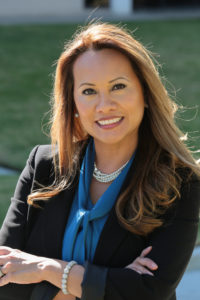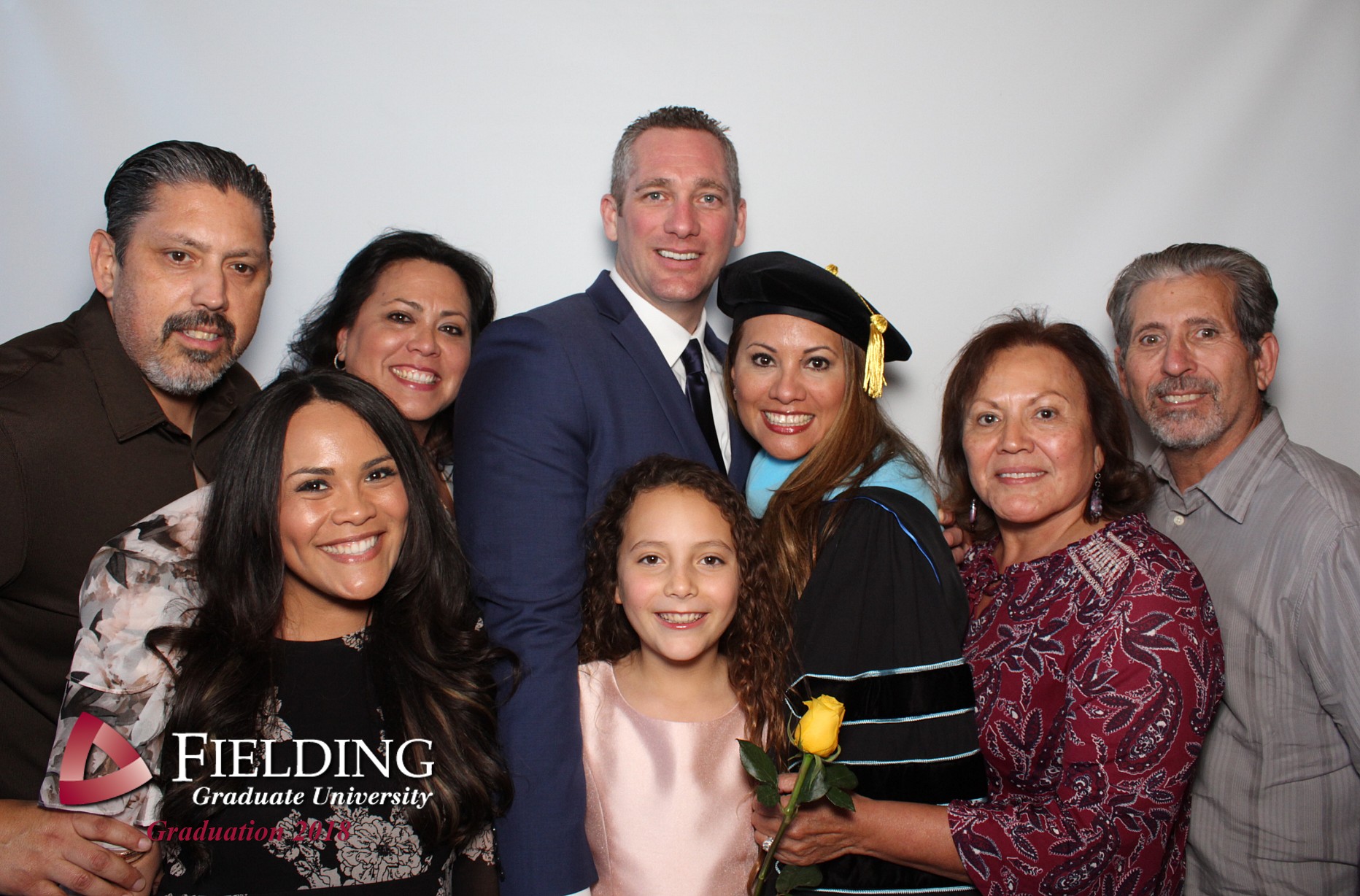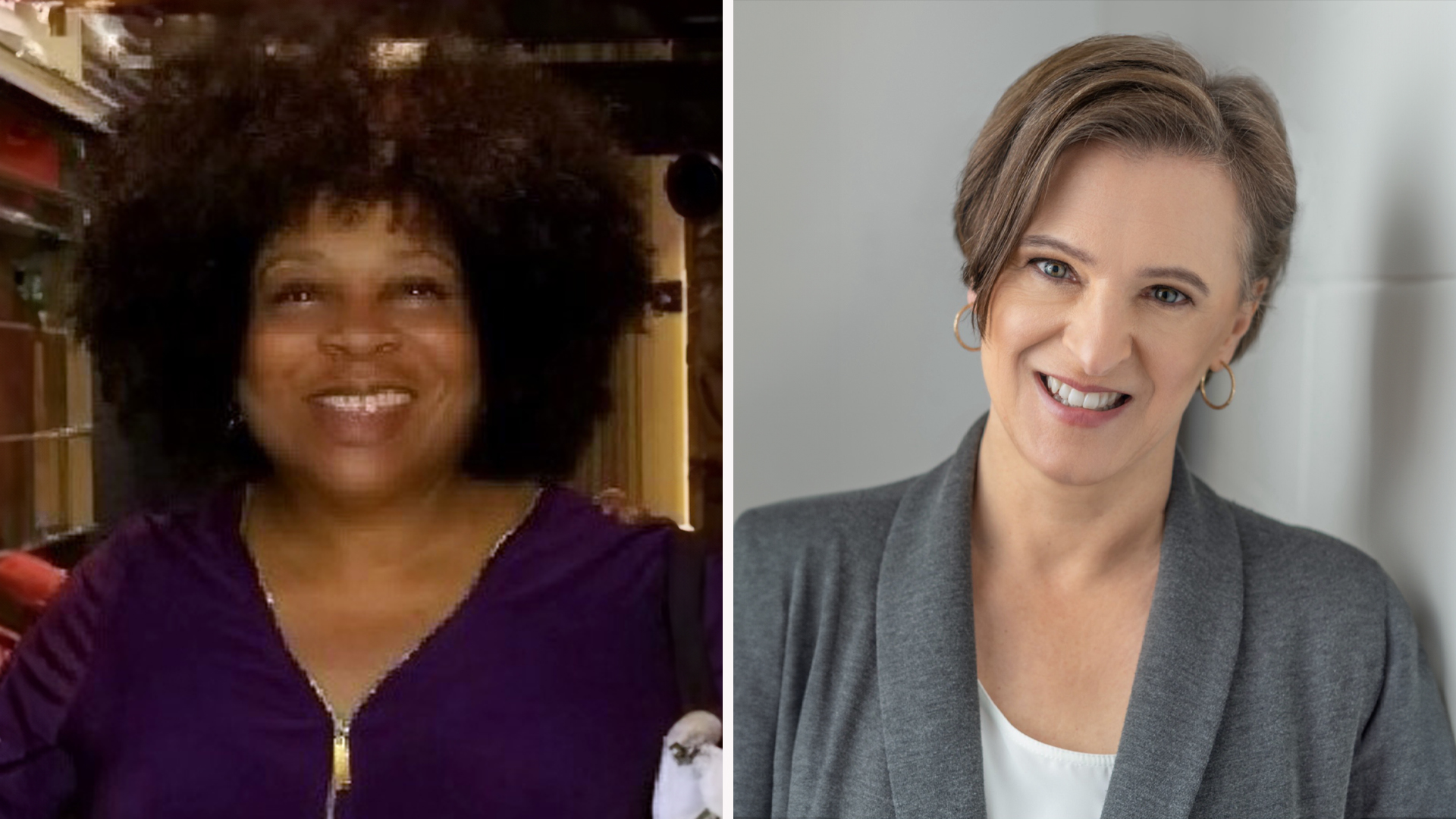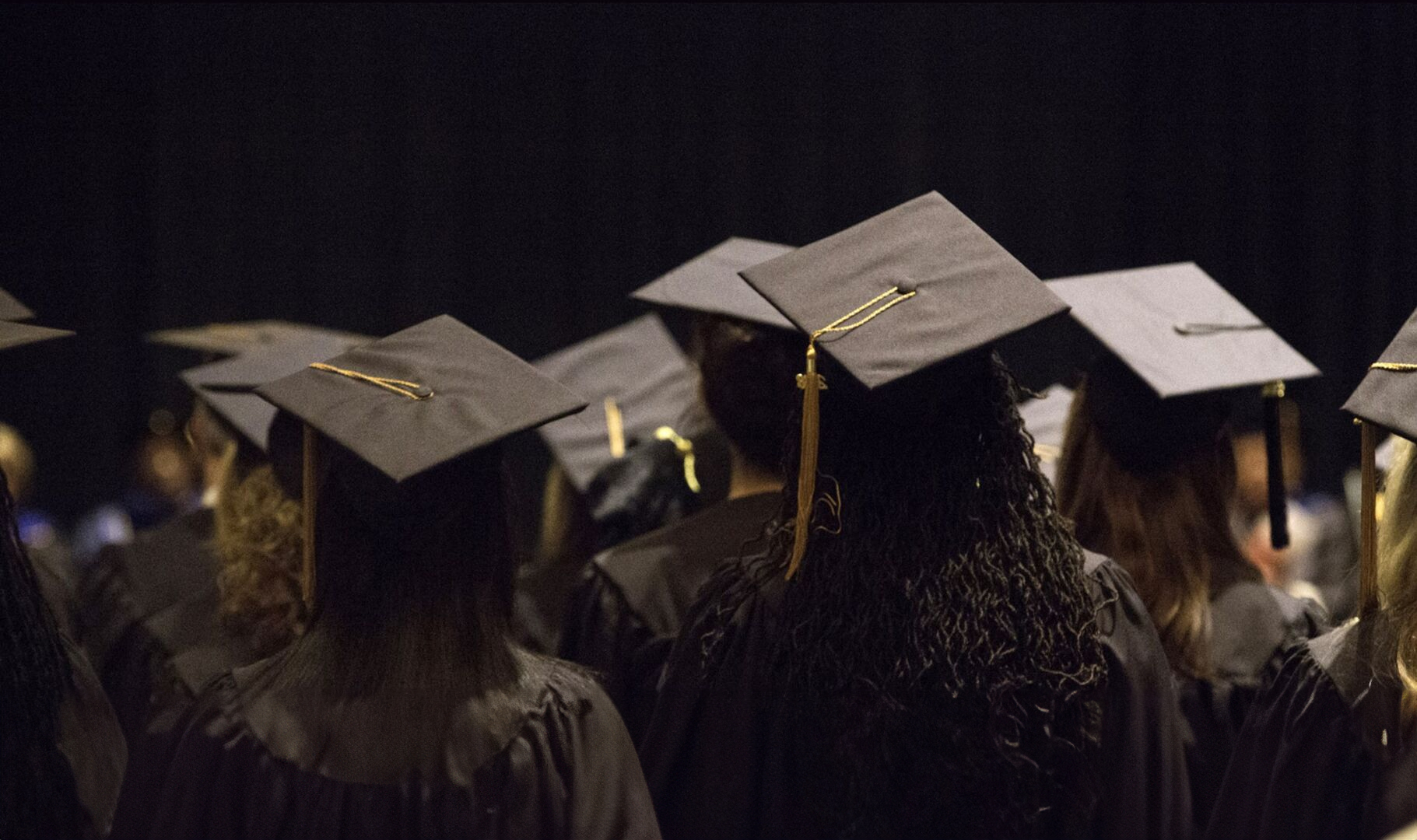In honor of Hispanic Heritage Month, Fielding alum Marnie Melendez, EdD, shares the subject of her dissertation research:
How can US higher education appreciate the challenges that women of color face in pursuing STEM fields?

Alum Marnie Melendez, EdD
The United States’ Science, Technology, and Engineering and Math (STEM) workforce is vital to this country’s economic development interests, and its ability to compete effectively in the global market. One of the greatest challenges facing that industry in the U.S. is the current and projected shortage of engineers serving the STEM industry. Policymakers, educators, and industry leaders in the U.S. are concerned that if the noted challenge is not addressed, the projected shortage, particularly in the engineering sector, will have a significant negative impact on the economic well-being of the U.S. (Hagedorn & Purnamasari, 2012). Research supports the need to widen the net when seeking potential STEM students, and experts have pointed to increasing recruitment of women and underrepresented students into the STEM majors and fields.
Historically, engineering programs in colleges and universities have been dominated by White males. In order for the U.S. to prepare itself to compete effectively in the present and future scientific and engineering marketplace, it must significantly increase the number of students entering STEM majors within its colleges and universities.
A significant factor contributing to the current and projected shortage of STEM engineers has been the incredible lack of gender equity within the engineering field as a whole. While over half of students engaged in higher education in this country are female, their representation is deficient within STEM engineering programs in colleges and universities. If the factor of racial inequality is also brought into focus, the fact that Latinas are hugely under-represented within the STEM industry becomes even more pronounced. Camacho and Lord (2013) argue that there is an alarming racial and gender gap in STEM majors, particularly in regards to Latina students in Engineering, because of their intersecting social location of race and gender. A study by the Integrated Postsecondary Education Data System (IPEDS) organization revealed that Latinas comprise only two percent of the total degreed engineers in this country. In effect, the IPEDS study demonstrated that engineering education remains incredibly gendered and racialized (Camacho & Lord, 2013).
Presently, one in five women in the U.S. is Latino, and according to census data projections, by the year 2050, 27.5% of the female population in the U.S. will be Latina. Given the noted data and growing presence of Latinas, both in terms of the general population and their growing presence on college campuses, Latinas clearly provide an opportunity to help grow the STEM workforce. The U.S. needs to foster an educational environment that ensures that Latinas have access to higher education, financial aid, and critical educational resources (e.g. academic and career counseling, tutoring).
By all accounts, the community college is an ideal pathway for Latina engineering students in the U.S. Moreover, as the U.S. population becomes increasingly diverse, it makes sense to develop a science and engineering workforce that mirrors population diversity in America.
Examining the pervasive gender and racial inequality that permeates the STEM field, within the context of the framework of intersectionality, serves to identify the unique obstacles that Latinas face when attempting to enter or succeed in a STEM program of study. Understanding that framework can provide college personnel with improved insight into how to recruit, retain, and contribute to the success of Latina engineering students. Sorting out and understanding the power dynamics of intersectionality can enable college personnel to develop the congruency with students that they need to understand and address obstacles to recruitment, retention, and persistence of historically disadvantaged and under-represented students.

Dr. Melendez at Fielding graduation, Winter 2018, with her family
Camacho, M., & Lord, S. M. (2013). The borderlands of education -Latinas in engineering. Lanham, MD: Lexington Books.
Hagedorn, L. S., & Purnamasari, A. V. (2012). A realistic look at stem and the role of community colleges. Community College Review, 40(2), 145-164. doi:10.1177/0091552112443701
Integrated Postsecondary Education Data System. Retrieved from https://nces.ed.gov/programs/digest/d17/tables/dt17_505.30.asp
Join Over 7,500 Fielding Alumni Located Around The World!
Change the world. Start with yours.™






Get Social